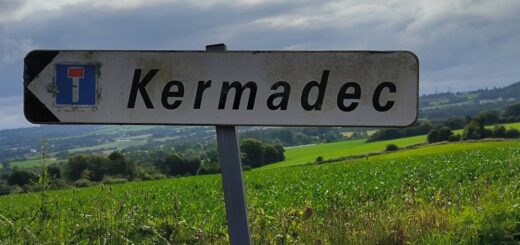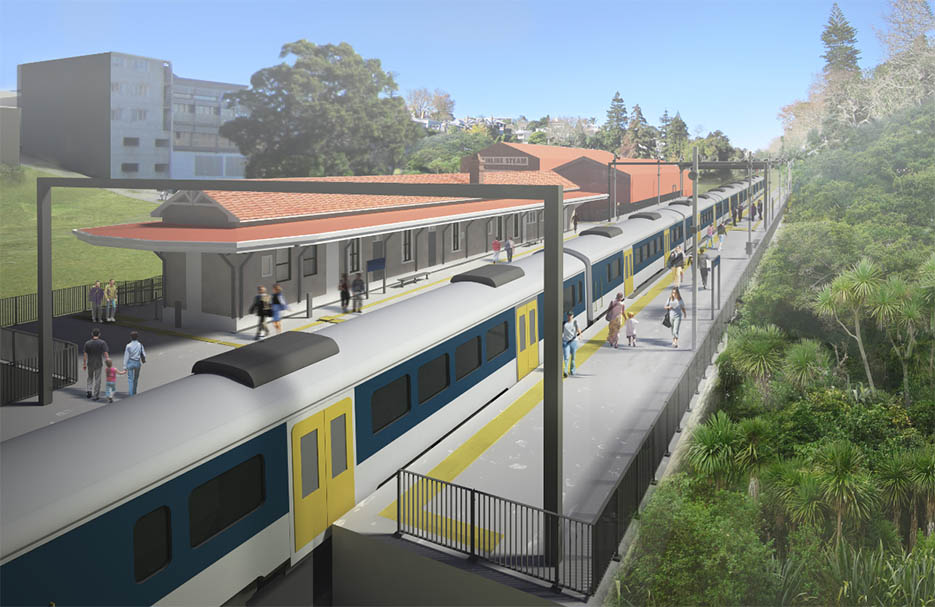Auckland’s disproportionate growth – not sustainable nor affordable
A letter I wrote to the Minister of Building and Housing Nick Smith requesting a revocation of a special housing area (SHA) at Kelmarna Avenue, Herne Bay, provoked a furious response. It has also set off a debate about the merits of urban intensification versus suburban sprawl.
SHA’s are Nick Smith’s brain child. Under the Auckland-specific Housing Accord & Special Housing (HASH) Act, selected intensive housing developments have their approvals fast-tracked, mainly by suspending the normal rights for affected members of the public to comment on the applications. The extraordinary step of suspending Aucklanders’ civil and in some cases property rights, was considered by Minister Smith necessary to help solve the housing crisis (though confusingly the prime minister John Key and other ministers like Simon Bridges deny there is a housing crisis). 154 SHAs have been approved by the council and the government.
The problem for Kelmarna Avenue residents is back in 2007, at considerable expense, they had successfully battled a similar proposed development on the same ‘Gables’ site, in the Environment Court. This new development is considerably bigger, 70 residential units, 3 retail units, 4 storeys with 98 car parks and this time the development was approved – not only without their input – they were never even told about it until it had been signed-off by cabinet.
My letter to Minister Smith, the first I have written challenging any SHA, was based on the fact that there was clearly not the required ‘adequate infrastructure’ for the wastewater (sewage and greywater) required under section 16 of the HASH Act.
I pointed out that the wastewater and storm water collection system in this part of Auckland is over 100 years old and collected in a single pipe. According to Watercare while the combined sewer network in this area does have sufficient capacity for the present level of wastewater flow in dry weather, when it rains the system cannot cope and overflows into the Waitemata Harbour. As Watercare Services advises: ‘Currently, there are around 50 constructed points in the combined sewerage system that discharge to the environment more than 52 times per year – most of which now spill every time it rains.’ The situation is chronic and getting worse. Watercare has long-standing plans for a $3 billion central interceptor which will have the necessary capacity and which it hopes to start in 2018. This will take up to 10 years to finish but as yet no funding has been secured.
The principal discharge point for sewage overflows from Herne Bay is Cox’s Creek 400 metres from the proposed SHA. St Mary’s Bay and the sewage outlet to the east of Westhaven is also regularly polluted with raw sewage overflows. As more and more development is squeezed in the problem becomes worse.
As I wrote Minister Smith:
‘Finally my submission is that the SHA at 1 Kelmarna Avenue does not have – nor will it have for conceivably 10 years from now – the ‘adequate infrastructure’ required under s16 of the Act, nor did the Auckland Council have regard in making its recommendation to you, to all the necessary ‘relevant local planning documents, strategies, policies, and any other relevant information’ required under the same section of the Act – notably its own Proposed Unitary Plan, the National Policy Statement for Freshwater Management (2014) and quite separately and even more importantly its ongoing statutory obligations under the Hauraki Gulf Marine Park Act (2000).’
Given the polite tone of my letter, I have to say I was taken aback when I got the Minister’s written reply and mortified when he followed it up by attacking me on TV as a ‘nimby’ and ‘hypocrite’. When I was asked for a response I suggested Minister Smith was looking for an Aucklander to pick a fight with. If his housing policies are failing, he is after all the Minister of Housing and he needs to take responsibility – not blame others. Please see link to all the correspondence on my previous post (23 May 2016 – ‘the Nick Smith File’).
Essentially Smith believes that the solution to Auckland’s high house prices is a simple one of supply which is insufficient and the fault of the Auckland Council. But as everyone knows the council has been falling over backwards to do what it is told by the government. We recall the public backlash against the council’s clumsy attempt at widespread non-notified ‘upzoning’ of last February.
But my letter was not about housing policy as I reminded Minister Smith – it was about the environmental effects of raw sewage overflowing into the Waitemata harbour on a more or less weekly basis.
In regard to Auckland’s housing problem, government policies stoking up immigration into Auckland (demand) and its reluctance to build state houses (supply) are also contributing factors. There is also the monopoly price rort on building materials, the most expensive in the OECD, currently costing 3 to 5 times of California, that the government will not touch.
While population-driven pressure on the property market is a feature of cities in other countries – the difference is that in New Zealand a disproportionate amount of growth is loaded onto one city – Auckland. And Auckland ratepayers are expected to pay for more and more for increasingly expensive infrastructure.
While I support intensification over suburban sprawl (subject of course to the availability of adequate infrastructure) the current debate assumes that Auckland must continue to grow disproportionately. I have long challenged this assumption as in my first speech as chairman of the Auckland Regional Council back in 2004 – (reproduced in my post of 21 May 2016).
With State Highways and motorways increasingly congested on the suburban fringes and sewerage capacity under pressure in places like the historic western bays, such growth is neither environmentally sustainable – nor in the end affordable. An intelligent government-led balanced population and development policy for the whole of New Zealand is what is needed.
If the current debate begins to question long-standing assumptions that Auckland must continue to grow beyond the support of affordable infrastructure, then the tirade of personal abuse I copped from Nick Smith would have been worth it.
This article was published in the Ponsonby News June 2016



